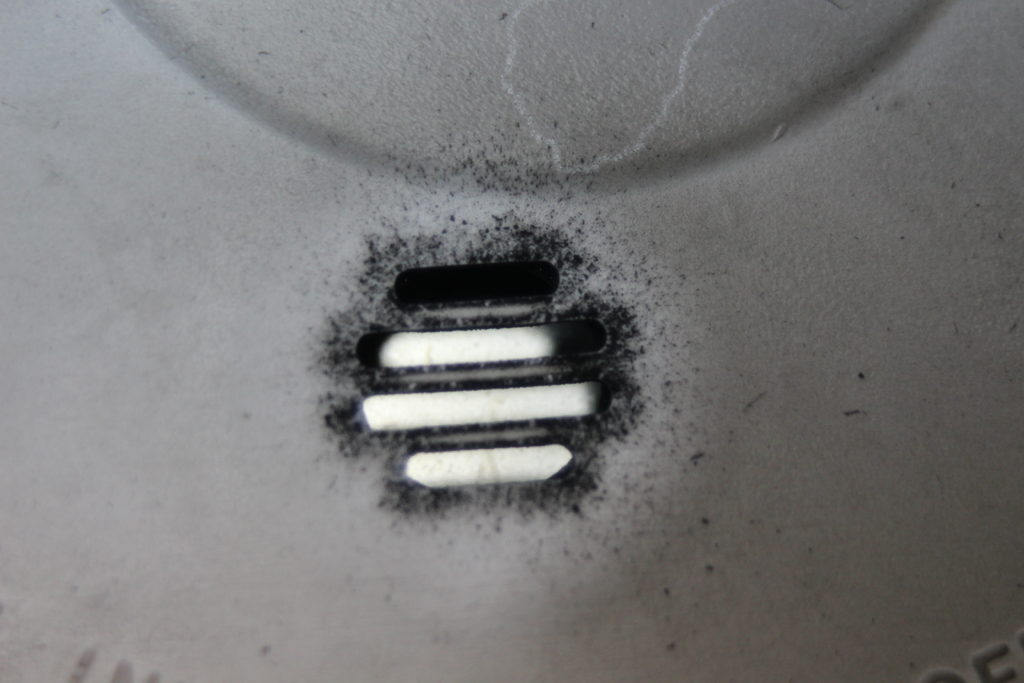
Knott Laboratory provides forensic engineering and animation, Civil & Structural, and Fire & Explosion Investigation services to reconstruct accidents.
Fire Investigations & Enhanced Soot Deposition
Every expert conducting a fire or explosion investigation will use NFPA 921 to help ensure the investigation is done methodically, thoroughly, and carefully.
Published November 12, 2019

Fire science and fire investigations is a well-documented field. Every time there is a fire that results in property damage, personal injury, or death, someone with specialized knowledge, experience, and expertise is brought in to try and determine 1) where the fire started, 2) how the fire started, and 3) why the fire started. When there is a loss of life, the investigation takes on a new meaning. The investigation will often expand to questions that are difficult to answer, such as “Was the individual aware there was a fire? Was the individual notified in sufficient time to escape the building?” Fire modeling programs have been developed to help determine the rate of fire and smoke spread and help determine approximately how long the fire had been burning prior to smoke alarm actuation. However, there is one important assumption being made in this instance – the smoke alarm functioned. This leads us to another important question, “Did the smoke alarm alert the occupant?” This may seem like a nebulous question, one that isn’t easily answered; however, thanks to “Enhanced Soot Deposition” (sometimes called “Acoustic Soot Agglomeration”), that question can be easily answered.
NFPA 921, “Guide for Fire & Explosion Investigations” is the guiding document for the fire investigation expert. Every expert conducting a fire or explosion investigation will use NFPA 921 to help ensure the investigation is done methodically, thoroughly, and carefully. The guide provides a very brief discussion on “Enhanced Soot Deposition” in NFPA 921-14 Section 6.2.10.3. However, the information provided is brief. Enhanced soot deposition occurs when the sound waves produced by an operational smoke alarm causes the soot particles to bunch together (agglomerate) into larger particles. These particles will then deposit around the horn enclosure on the smoker alarm. This phenomenon will only occur if the smoke alarm functions. If the smoke alarm does not function, the soot deposition on the alarm will be uniform across the entire alarm. As the fire progresses, the smoke alarm will often maintain the enhanced deposition, even if the alarm is damaged by the fire and ceases to function. Even if the alarm only annunciates for a short duration, if there is sufficient soot available from the fire, enhanced soot deposition will take place. This will aid the investigator in determining if the alarm was functioning, and in conjunction with other fire investigation techniques, help determine approximately how long into the fire the occupant was notified.

Enhanced soot deposition is a reliable, but often overlooked aspect of fire investigations. The soot deposition is very delicate, so the alarm must be protected and properly secured to avoid damaging any potential evidence; however, the investigator should also be aware that soot deposition may (and often will) also take place on the inside of the horn enclosure. Therefore, if the exterior soot deposition has been damaged due to mishandling, valuable evidence may still be present internal to the smoke alarm. A proper investigation requires a careful, methodical approach. The investigator must examine all aspects of the fire, including if the occupants were given sufficient notification. The investigator will be remiss in his or her duties if he or she is only focusing on the “where,” “how,” and “why.”

